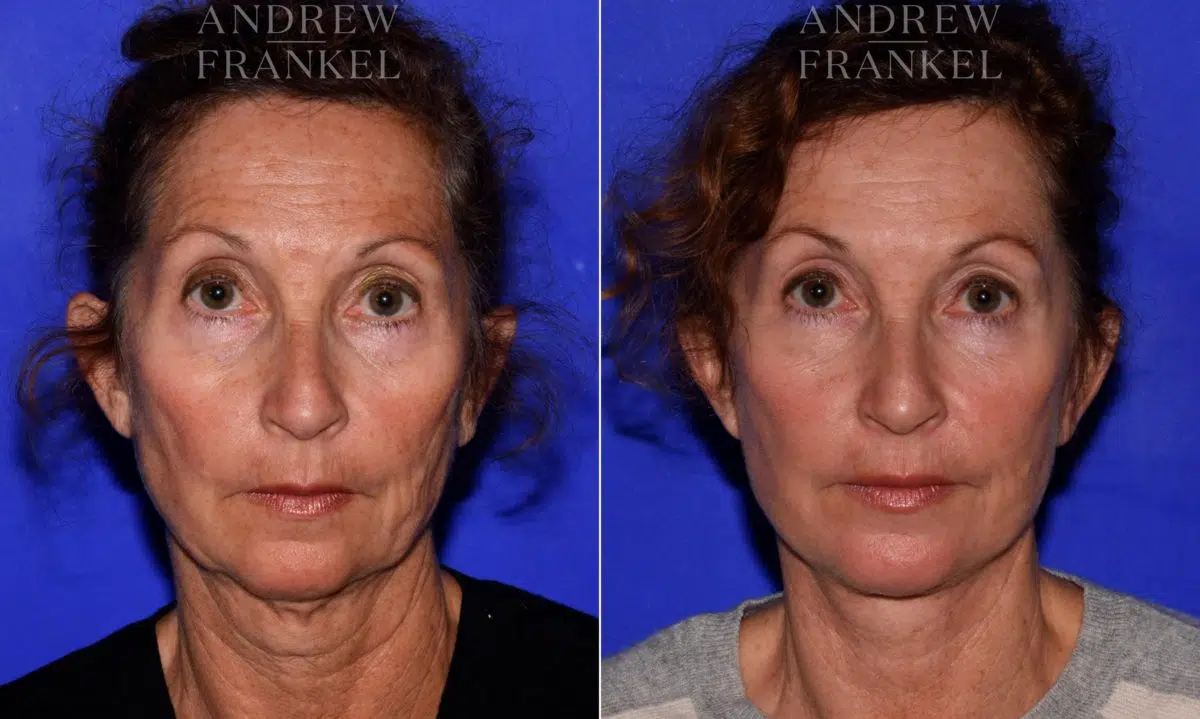
Dealing With Pain After Your Facelift
Have you ever wondered what the pain after facelift surgery really feels like? A rhytidectomy is a transformative cosmetic surgery that can rejuvenate your appearance, but many people are unsure of what to expect during the healing process. Like any surgical procedure, a facelift requires care, patience, and a realistic understanding of recovery.
While the idea of facial surgery might feel intimidating, knowing what lies ahead makes the journey far smoother. By preparing yourself for each stage of the healing process, you can approach this exciting change with confidence — and enjoy the results you’ve been dreaming of.
Are Facelifts Painful?
While a facelift isn’t typically described as “painful,” some discomfort is to be expected during the first days after surgery. Tenderness around the incision sites, tightness in the facial muscles, and swelling in the lower face and neck are all normal parts of the recovery experience. The degree of discomfort can vary depending on the type of facelift procedure you undergo. Most patients report that symptoms are manageable with prescribed medication and proper rest, especially when following their surgeon’s recovery guidelines closely.
What to Expect in the Coming Weeks After Facelift Surgery
Understanding how much pain and discomfort you might feel — and when — is key to navigating your facelift recovery timeline. In the first week, swelling and bruising are at their peak, and you may feel tightness or mild aching around the treated areas. By the end of week one, most patients notice a significant improvement in comfort and appearance, although some tenderness remains.
Around day 30, much of the visible swelling has subsided, and you can usually resume more of your normal activities. However, it’s common to have some residual swelling that may only be noticeable to you. Over the next few months, these subtle changes continue to refine your look as your skin, muscles, and tissues heal.
A complete recovery can take a few months, depending on individual healing factors and the extent of your surgical procedure. Being patient with your body and following your surgeon’s guidance will help ensure you achieve the best possible results.
How To Deal With Pain During the Facelift Recovery Process
Every patient’s recovery time is unique, but there are proven ways to make your journey smoother and more comfortable. Whether you’ve undergone plastic surgery before or this is your first experience, your cosmetic surgeon will give you personalized postoperative care instructions to follow. By incorporating effective pain management strategies into your daily routine, you can help reduce discomfort, minimize swelling, and promote optimal healing.
Plan for someone to help you
For facelift patients, the early recovery period can be challenging, and having a trusted friend or family member by your side makes a world of difference. Assistance with daily tasks, medication schedules, and meal preparation allows you to focus entirely on rest and healing. This extra support can also help reduce stress, which is important for a smooth recovery.
Prop your head up at all times
Keeping your head elevated is crucial during the early stages of recovery. This position helps minimize swelling, protect delicate sutures, and encourage proper circulation. Use extra pillows or a wedge cushion to keep your head propped up while resting or sleeping. Avoid bending over or lying flat, as these positions can increase pressure in the treated areas and slow healing.
Have your medication ready
Before your surgery, make sure you have any prescribed medication and over-the-counter options easily accessible. Prescription pain medication can be especially important in the first few days, helping you stay comfortable as your body adjusts. Organizing these in advance ensures you won’t have to scramble or disrupt your rest to manage discomfort effectively.
Use cold compresses
Applying cold compresses is one of the simplest and most effective ways to reduce swelling and ease tenderness after surgery. Short, gentle applications during the first couple of days can help control inflammation and make you more comfortable. Be sure to follow your surgeon’s recommendations to avoid placing ice directly on the skin and to protect delicate healing tissues.
Take plenty of rest
Rest is one of the most important components of a smooth recovery. Your body needs energy to heal, and adequate sleep supports the repair of tissues and reduces overall inflammation. Set up a comfortable recovery space where you can fully relax, and don’t feel guilty about taking naps throughout the day — it’s part of the healing process.
Keep a healthy diet
Fueling your body with nutritious foods is an essential part of recovery. A balanced diet rich in vitamins, minerals, and protein supports tissue repair and boosts your immune system. Staying hydrated and avoiding excessive salt can also help reduce swelling. Following these dietary habits can speed up healing and enhance your overall sense of well-being during recovery.
Return to your activities little by little
As tempting as it may be to resume your regular routine quickly, it’s best to take things slow for the first several days and gradually increase your activity level. Light movement, such as short walks, can aid circulation and promote healing, but strenuous exercise should be postponed until your surgeon clears you. Listening to your body is key to avoiding setbacks.
Revitalize with Dr. Frankel
Step into a world where beauty blends with science, and let Dr. Frankel guide you to a refreshed, youthful appearance.

Trust in an Expert Facelift Surgeon
Choosing the right facial plastic surgeon for your facial rejuvenation procedure is one of the most important decisions you’ll make. Facelift surgery is a delicate art that requires both surgical precision and an eye for natural beauty. An experienced surgeon will provide clear post-operative instructions, tailor your care to your needs, and help ensure your facelift results are as smooth and rewarding as possible.
In Beverly Hills, Dr. Andrew S. Frankel stands out as a leader in cosmetic procedures of the face and neck. With double board certification, decades of experience in facial surgery, and a reputation for excellence, Dr. Frankel offers a unique blend of artistry and expertise. Call 310-552-2173 or visit our contact page today to schedule your consultation.


